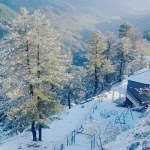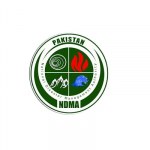Swat: The archaeologists have notified the discovery of some rare fresco painting that were originated in the first century – from the Abbasahib-China Buddhist site in Barikot during their recent exactions, according to a news source published on February 8.
Read: Govt urged to bar mining at archaeological sites in KP
The archaeologists claimed that the discovery of these intact murals from a Buddhist Site in Swat was a ‘landmark achievement’ in the history of Gandhara civilization in Pakistan and a ‘breakthrough’ in Buddhist archaeology.
The team lead archaeologist Saqib Raza has revealed that the paintings incorporate several poses ‘including namaskar pose’ and the six of them are visible and intact.
Read: NPHP projects approved for Swat, Hangu & Peshawar
Director of archaeology and museums Dr Abdul Samad stated that the discovery of the murals was unique and it was the first time that intact fresco painting at an archaeological site of Kushan dynasty in Gandhara civilization were found.
Reportedly, in addition to the murals, rare Kharosthi script inscriptions and coins were also discovered. The director of Italian archaeological mission in Pakistan Prof Luca M Olivieri termed this discovery as a new chapter in historical records of the early Buddhists and called for preservation of the archaeological ruins that could lead to the promotion of cultural tourism in Swat.







